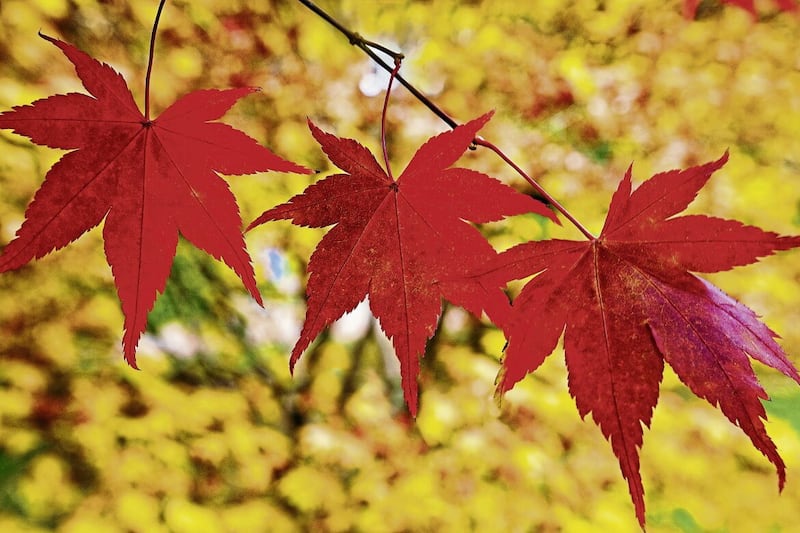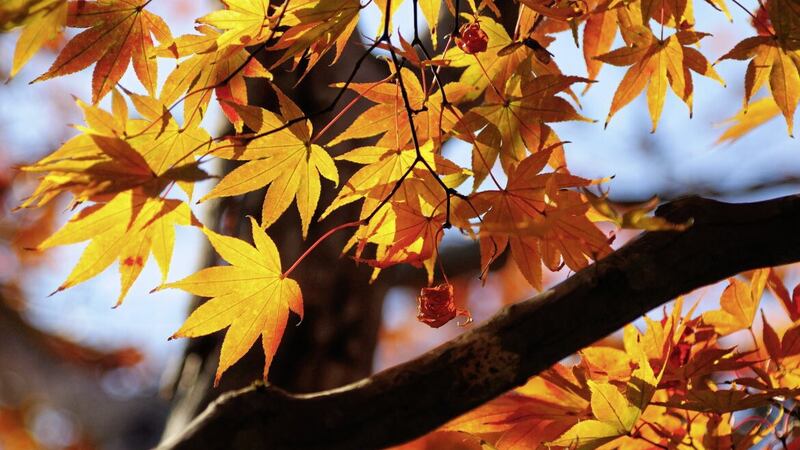'Right plant, right place' was the philosophy of the late Beth Chatto, a trailblazing horticulturalist whose common sense approach influenced thousands of gardeners from the 1960s onwards.
Her message was simple but revolutionary for its time – plants will thrive if you create a habitat that mimics that of their wild counterparts. The corollary of this approach is that plants shouldn't be put in the wrong place.
It's one I've roughly adhered to over the past 20 years or so, latterly at least. Yet for quite a while I've harboured a plan to plant a Japanese maple in a spot that can be viewed from the kitchen window. It's far from ideal for number of reasons but once the seed of an idea germinates, nothing will come between me and its realisation.
Last month, I finally procured Acer palmatum 'Sango-kaku', not a cheap tree by any means. Reaching around 3 metres when mature, this deciduous red barked acer has fresh green foliage, which turns gold in the autumn.
It prefers a sheltered spot, something of a challenge when you live 150 metres from the sea. The wind is not the issue though; well not yet anyway.
Before I bought it, I was reminded how Japanese maples like acidic ground but I persevered, blinkered by determination. Like magnolias and rhododendrons, this type of acer prefers peaty soil with a pH of 3.5-4.5, and whereas I've never actually tested my soil, I've worked on the assumption that like the surrounding farmland, it's neutral.
This situation enables me to grow an extensive variety of plants, just not those that are ericaceous. It's an option to grow my acer in a pot with some (most likely peat-based) ericaceous compost but that would limit its size and blunt its impact.
It was recommended to add peat to my soil in around the acer, a piece of advice dubious in both its efficacy and ethics, as I haven't knowingly used a peat product in years and, moreover, I'm not convinced by the persistence of its acidic properties once in the ground.

There are a number of commercial acidifying materials available, of which sulphur is the most common. The organisms in the soil convert the sulphur into sulphuric acid, lowering the pH over a matter of months. Aluminium sulphate is used as a 'blueing agent' with hydrangeas in areas where the default flower colour is pink and also as a soil acidifier. It acts quickly but reduces phosphorus levels in the soil.
I've opted for a 1.5kg box of sulphate of iron, an 'ericaceous booster' which alters the pH of the soil, enabling better uptake of nutrients. The iron is also supposed to make the leaves greener.
This too is meant to be quick acting, triggering a chemical reaction that creates a very dilute sulphuric acid, transforming the neutral soil. However, phosphorous levels can be affected, potentially demanding yet more niche applications. The sulphate of iron comes in granules and is applied by the 'handful' per metre squared, every 4-6 weeks over spring and summer.
The one plus, as far as seeking to change the ground's acidity goes, is that I plan to plant the acer in a raised bed. This will at least contain the soil and, in theory at least, increase its potential to remain acidic. It seems an awful lot of trouble to go to, only to see its delicate leaves scorched by the wind.








